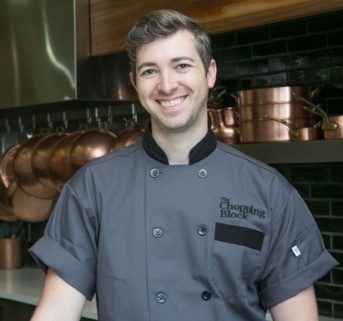The time has come once again to start steeling ourselves for the icy embrace of winter’s dark dawn. It’s easy to let the weather get to you around this time of year, not to mention the fact that it feels like we get about four hours of daylight. But, despair not, dear reader, for I have a suggestion that may help you beat back the encroaching gloom. Learn a skill. Specifically learn how to make at least pretty good laminated doughs.
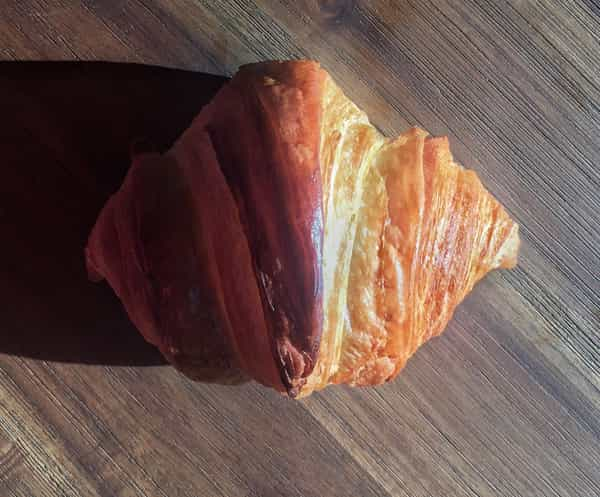
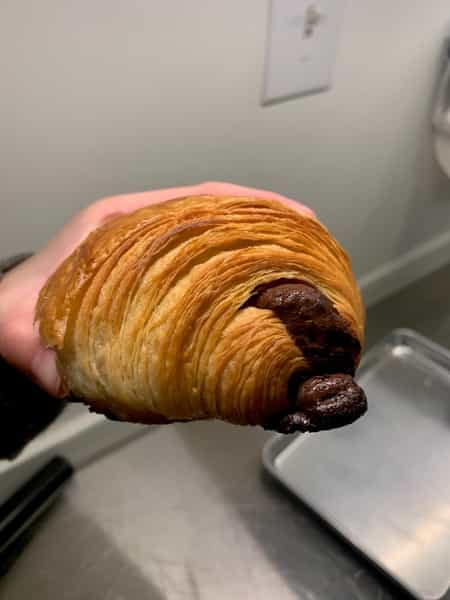 A pretty nice pain au chocolate if I can so say myself
A pretty nice pain au chocolate if I can so say myself
It’s no secret that I consider myself a laminated dough enthusiast. I’ve written about them many times in the past. But I think it bears revisiting because some people may feel too intimidated to try making various types of laminated dough. To be sure, it can be a finicky exercise, but good results are well within reach of the determined baker/cook, and success is so incredibly rewarding that it will banish your seasonal melancholia like a flamethrower in a flurry.
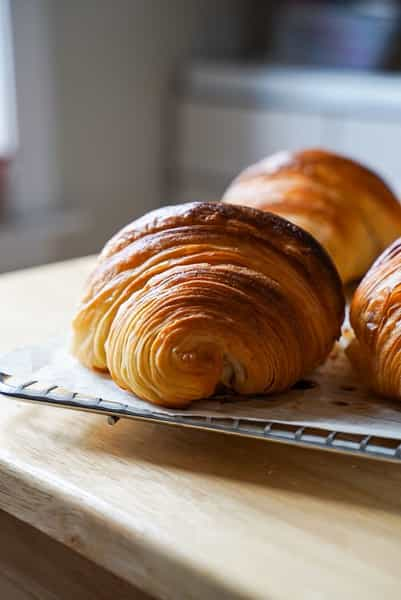 Some of the first nice croissants I ever made, LOL (lots of layers)
Some of the first nice croissants I ever made, LOL (lots of layers)
In case you haven’t encountered the term ‘laminated dough’ before, this refers to any dough that has been repeatedly folded back onto itself with a layer of some kind of fat separating the folds. Repetition of the folding process results in many alternating stripes of dough and fat. This keeps separate layers in the dough such that, when cooked, the layers puff apart and make a very flaky, moist, soft result. This includes such vaunted favorites as the croissant, kouign amann, puff pastry, roti canai, pasteis de nata, laminated brioche, and Chinese scallion pancakes, to name just a few.
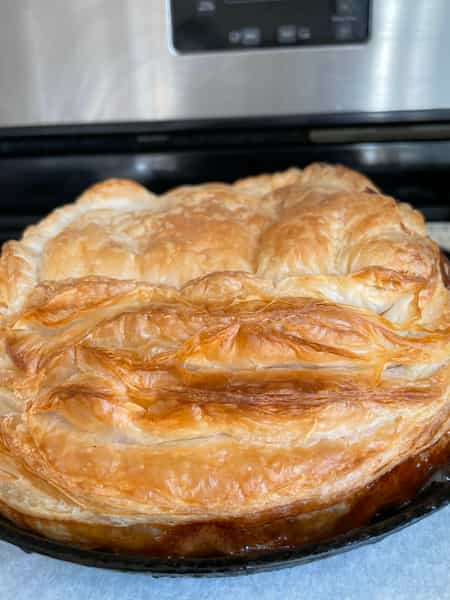 The prodigious puff of a well made puff pastry on top of a freshly baked Tarte Tatin
The prodigious puff of a well made puff pastry on top of a freshly baked Tarte Tatin
As I’m sure we can all agree (except for folks who don’t eat gluten, I suppose), the list at the end of the previous paragraph could have just as easily been titled “List of many of the greatest foods of all time” as it could be “a selection of laminated doughs”. For this reason, I really do think it's worth your time to set yourself the project of learning this incredibly versatile and exquisite technique.
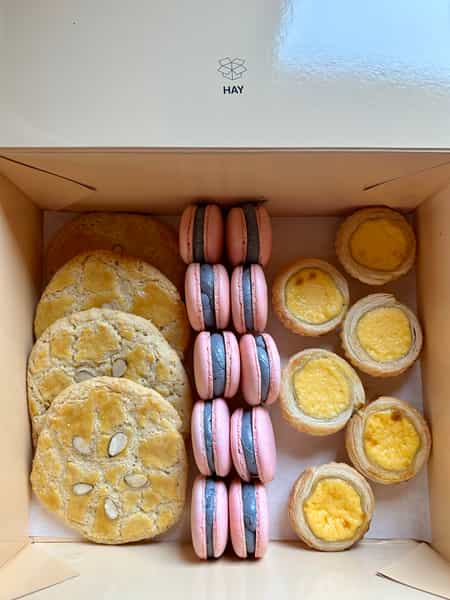 A box of delightful pastries I made including Pasteis de Nata with a lovely laminated crust
A box of delightful pastries I made including Pasteis de Nata with a lovely laminated crust
This is not a tutorial on making laminated pastry, though. That would take an extremely long and elaborate text that I am—honestly—not even really qualified to write. No there are plenty of resources for folks looking to try their hand at just about any laminated delight you can imagine (more on this later). This is more an encouragement that any time spent in pursuit of the results any of those tutorials depict will be richly rewarded in both delicious flavor, and even more delicious personal growth.
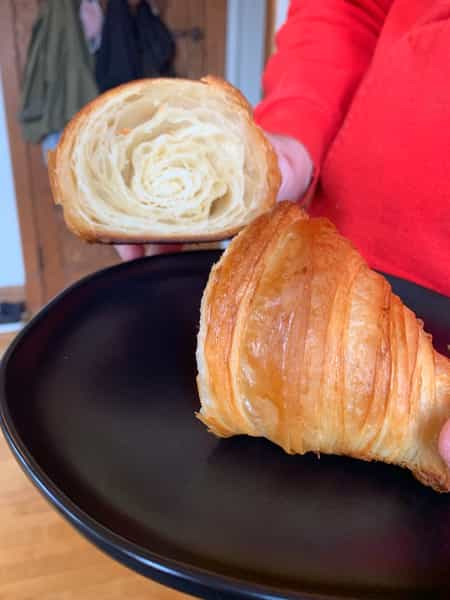 Some nice looking croissant crumb
Some nice looking croissant crumb
Depending on what exactly you are trying to learn you can expect very different learning curves. If you’re somewhat experienced in the kitchen, you could probably turn out a pretty good scallion pancake after just a few attempts. If you decide to start with something like croissants, however, expect some stumbles along the way. In fact it may at times seem like all you do is stumble. You’ve been stumbling so long you forgot what smooth normal walking is like. Stumbling is all you’ve ever known. There is no beginning nor end to this stumble. It has always existed, from the farthest primordial reaches of the churning conflagration of the early cosmos stretching on boundless to the last sparks of hawking radiation as the last black hole evaporates in the heat death of the universe; there were you, stumbling all the while.
Nonetheless, I can only encourage you to take it on. When I taught myself to make croissants, the first truly good one must have been the best croissant I’ve ever tasted. I say that to illustrate a point about relishing things that have been earned, but also because it's probably literally true. I’d definitely never had a croissant as fresh as that, and with these things freshness is next to, or perhaps ever so slightly ahead of, godliness.
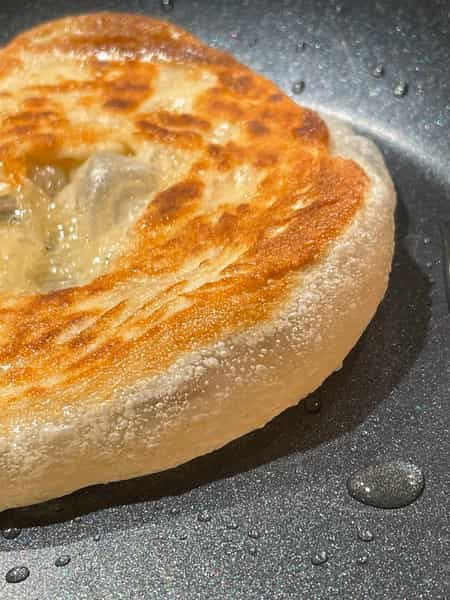 A glamor shot of Roti Canai mid-cook. Picture really worth 1000 words on this one.
A glamor shot of Roti Canai mid-cook. Picture really worth 1000 words on this one.
When tackling a new skill finding the right material from which to learn is key. The first place I check whenever I’m trying to learn a new skill is YouTube. Its continuously shocking to me just how deep and wide the knowledge pool made available for free on YouTube is. I can personally attest that there are excellent tutorials for Roti Canai, pasteis de nata, and scallion pancakes on there.
If you’re interested in croissants and their derivatives, check out master baker Jimmy Griffin’s YouTube channel. He provides so much insight for free on his channel, but he also has two excellent books which, if you’re really serious about viennoiserie, I can very happily recommend. Instagram can be similarly thorough and egalitarian. For an incredibly simple and easy to follow step-by-step on croissants, check out the pinned story series on @season_adam ’s page (It's titled ‘croissants’). This is the tutorial I followed that led to me baking my first batch of truly delicious croissants.
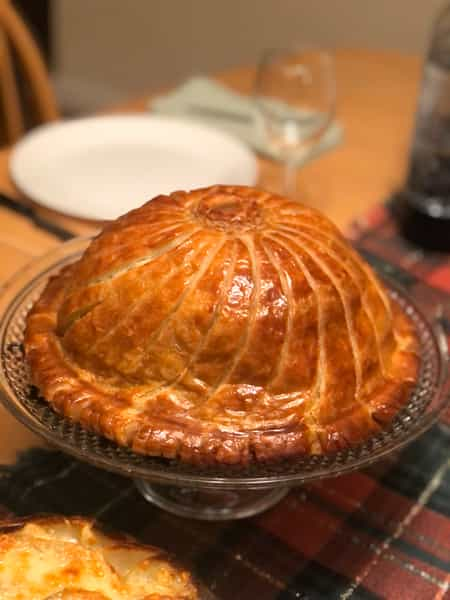 A pretty insane duck confit and foie gras pithivier (with a puff pastry crust) I made for Christmas dinner a few years ago
A pretty insane duck confit and foie gras pithivier (with a puff pastry crust) I made for Christmas dinner a few years ago
If you do dedicate some portion of your winter to this new skill, I can assure you by the time you are reliably able to produce one of your favorite laminated treats you won’t be thinking about all the time you spent, the failures and frustration. You will be too happy enjoying your work knowing you earned it. You wrapped yourself in a chrysalis of solitude and determination and emerged in the spring with the sublime power—not of flight—but of the creation of reasonably solid laminated pastry production, and isn’t that more impressive when you really think about it?
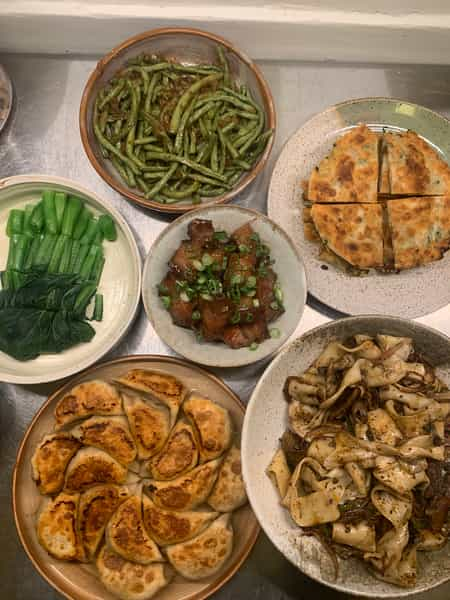 A Lunar New Year celebration dinner featuring laminated scallion pancakes.
A Lunar New Year celebration dinner featuring laminated scallion pancakes.
If this post has inspired you to up your came when it comes to delicious doughs why not check out our Artisanal Breads Boot Camp class this spring. Bon Chance!


